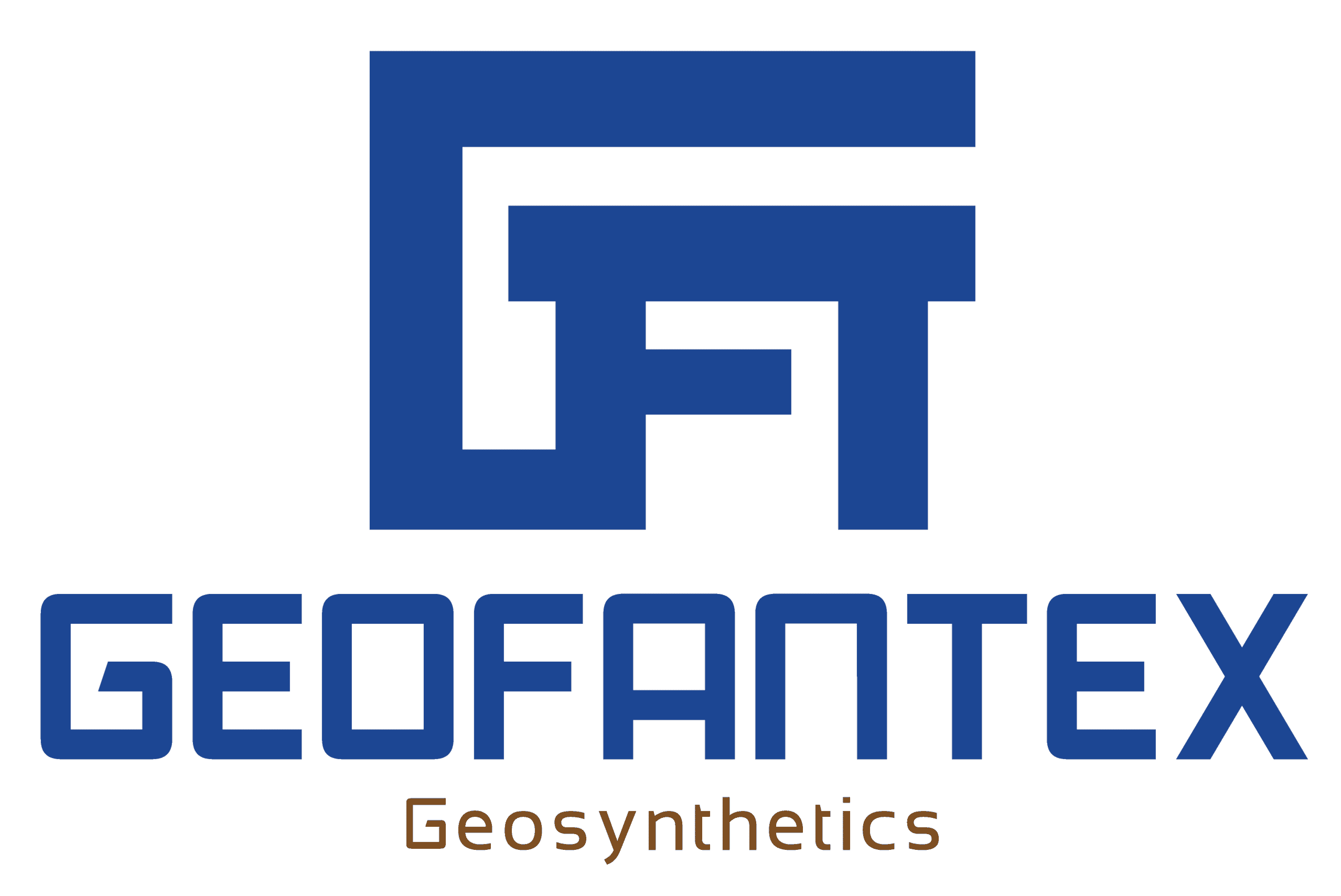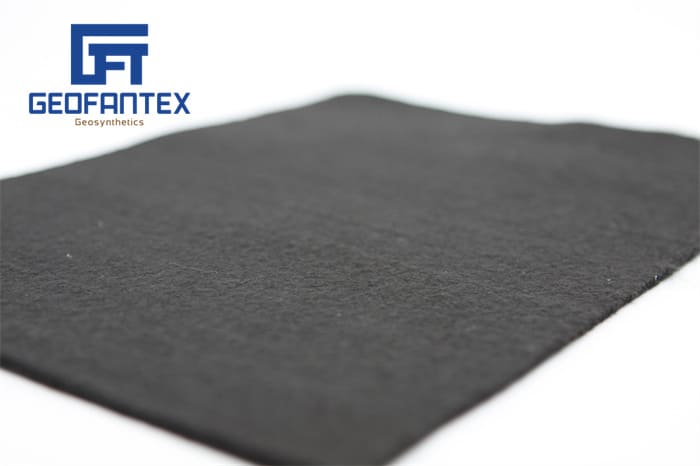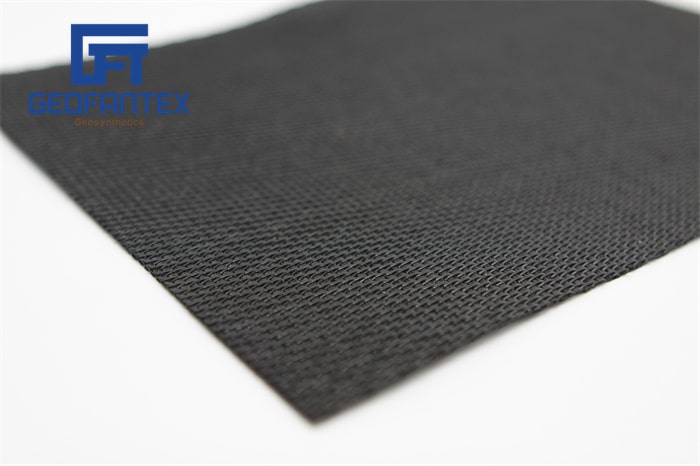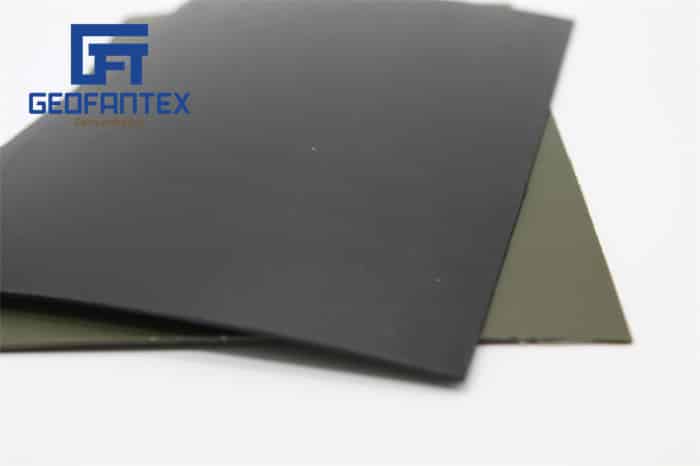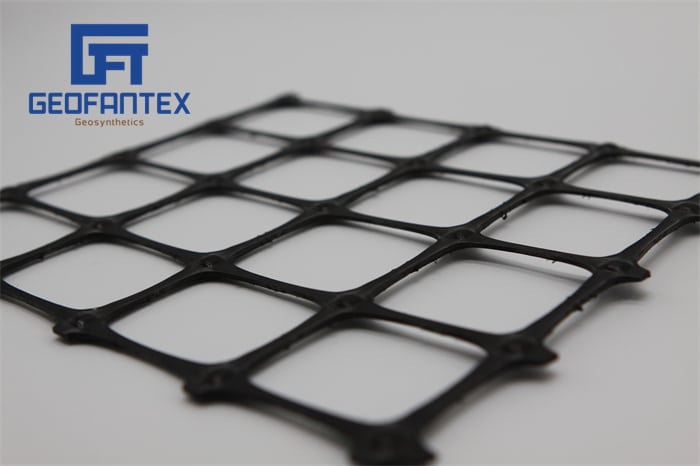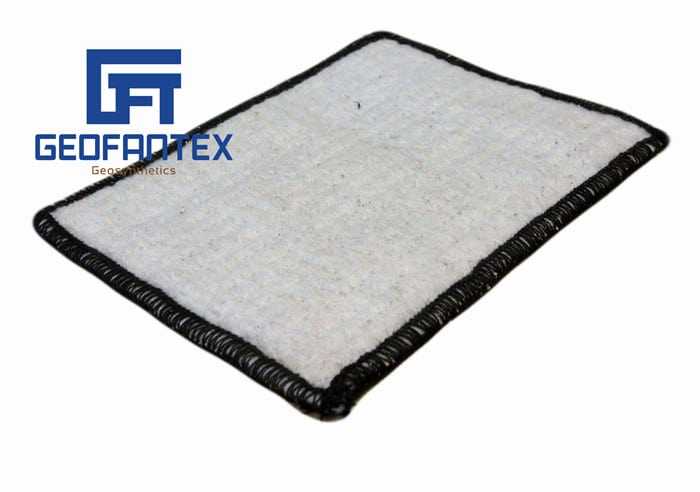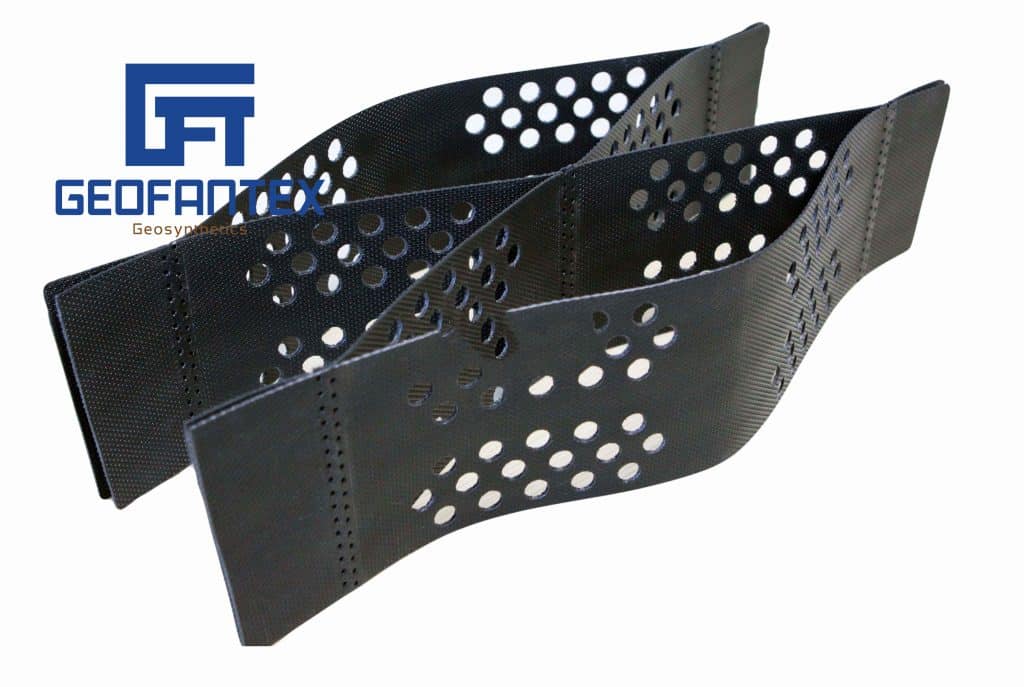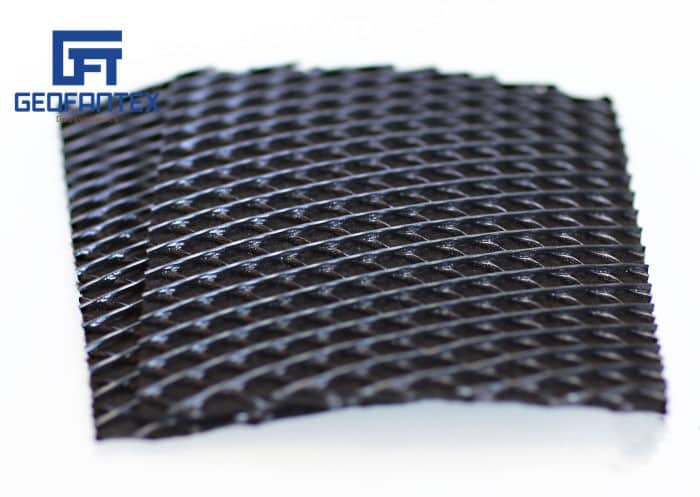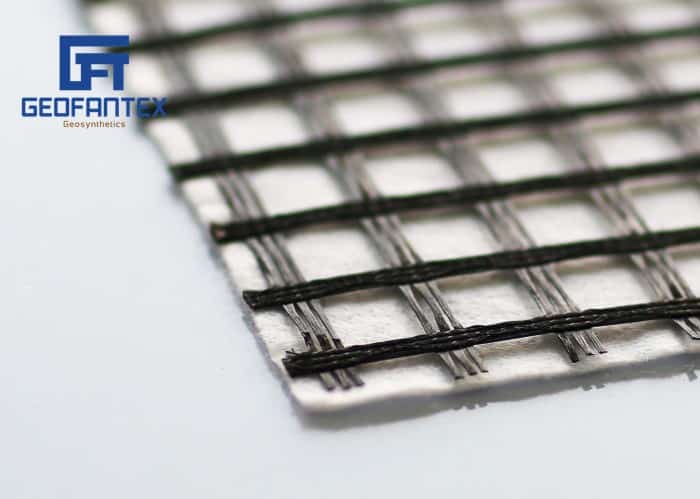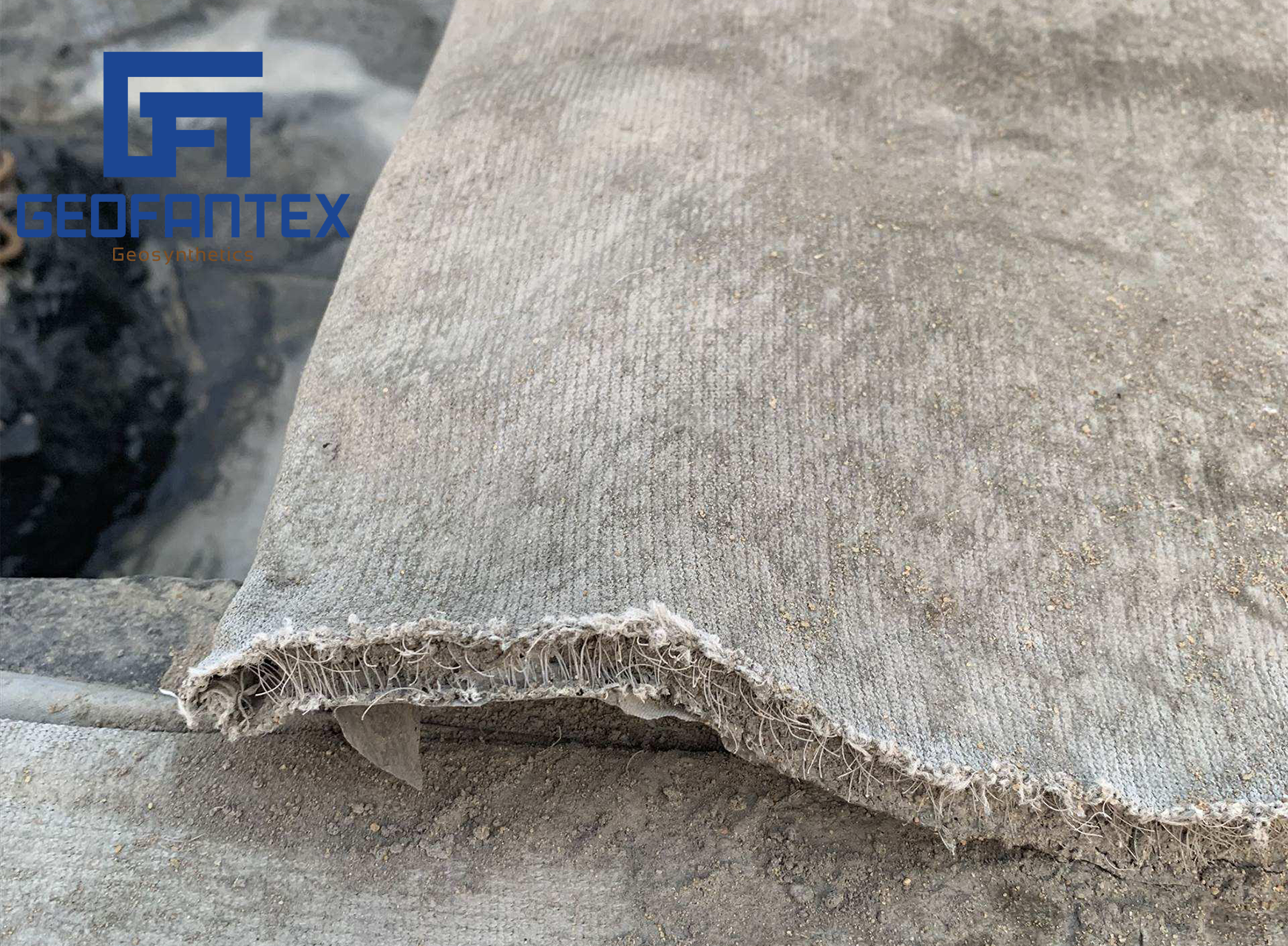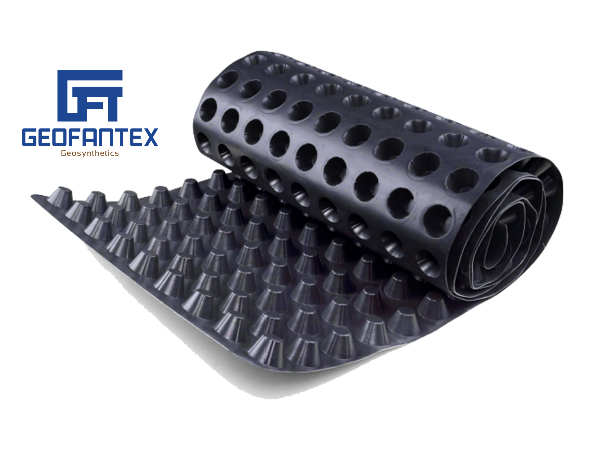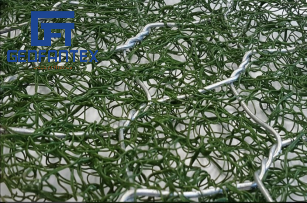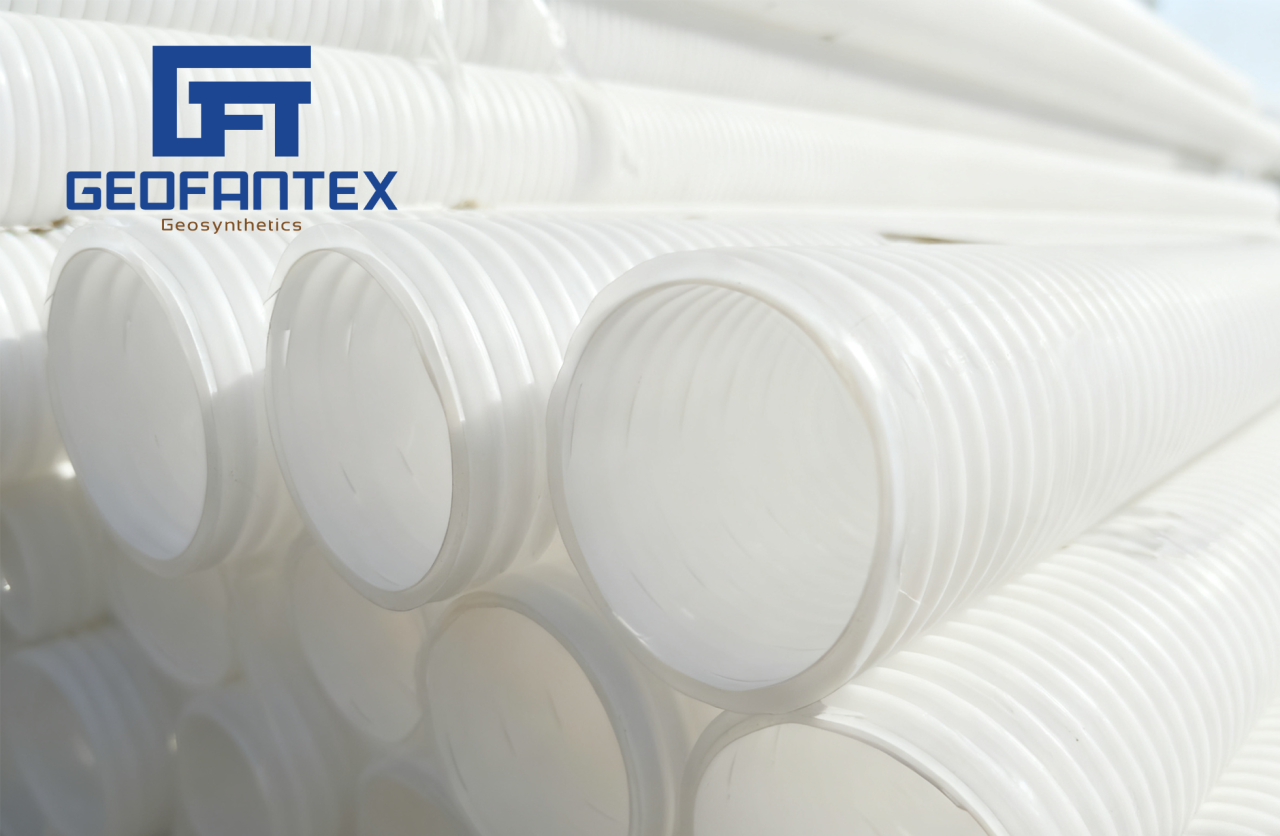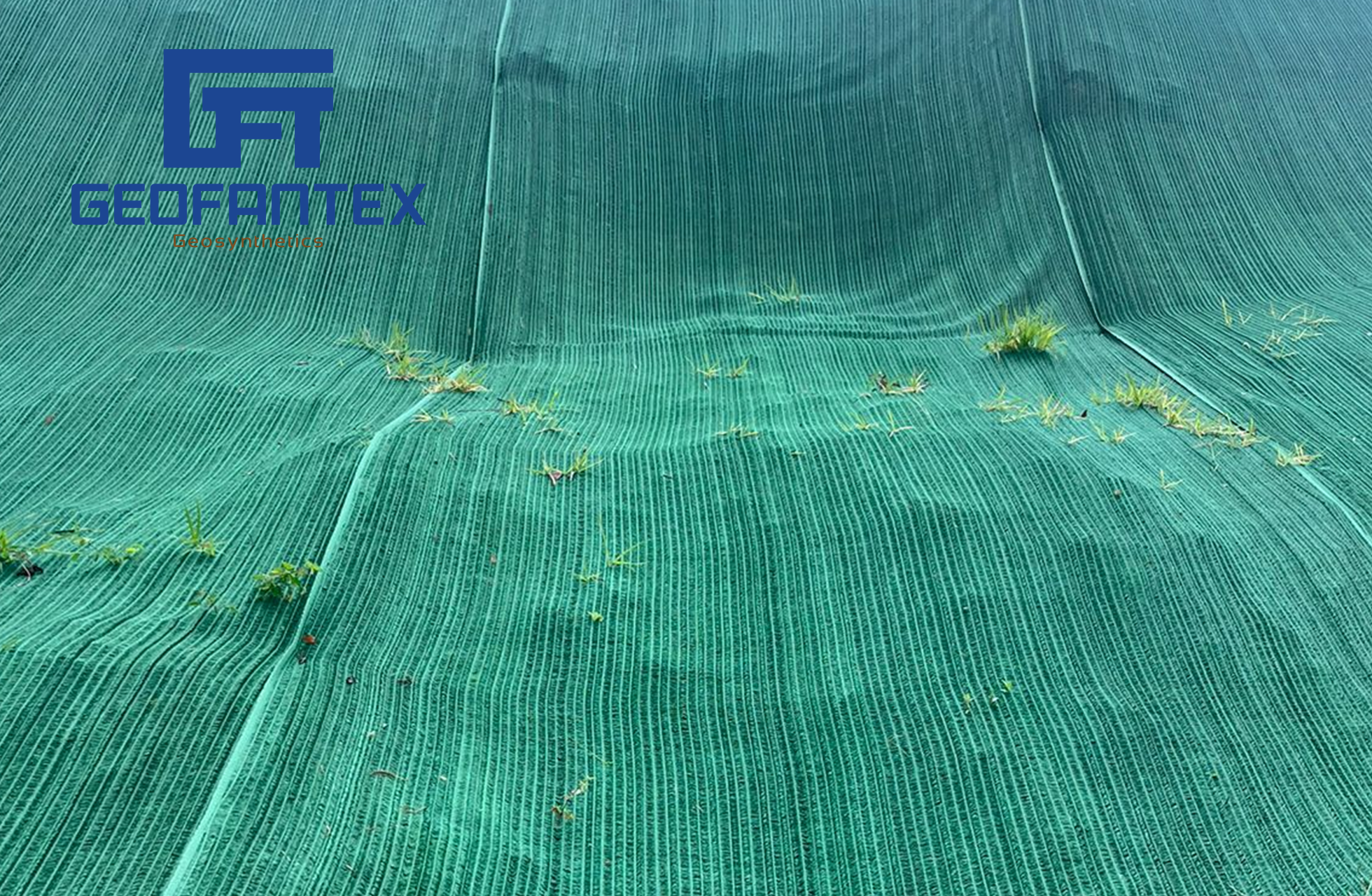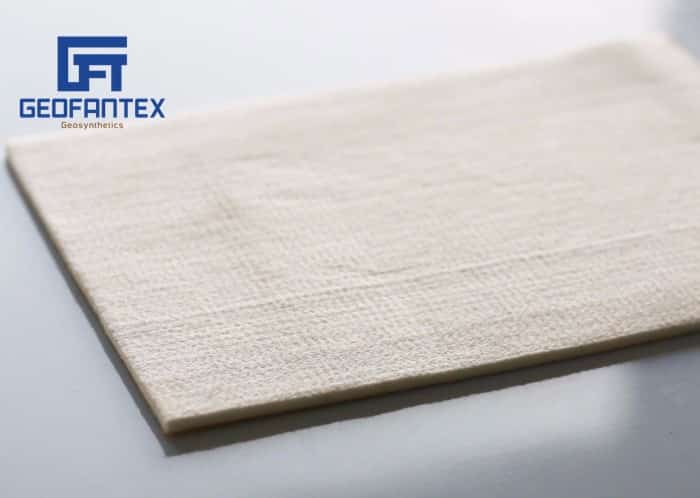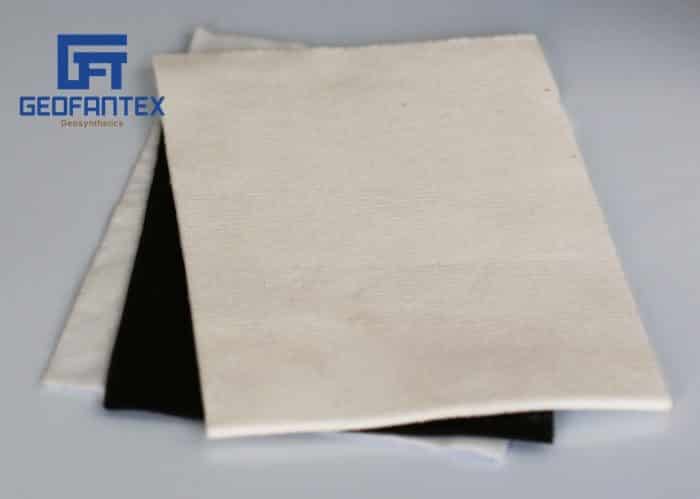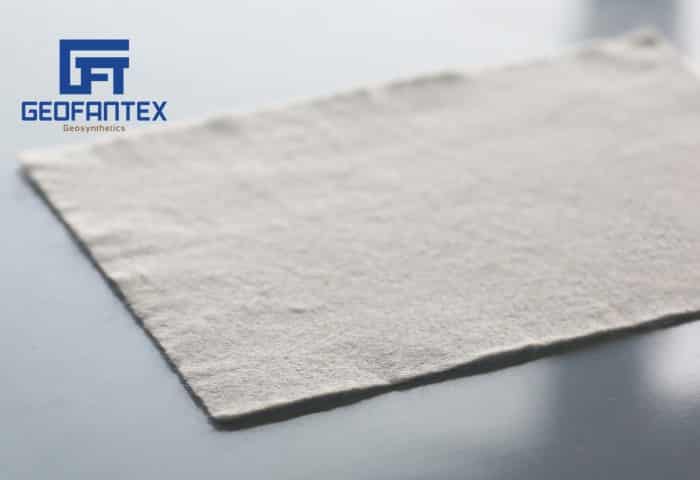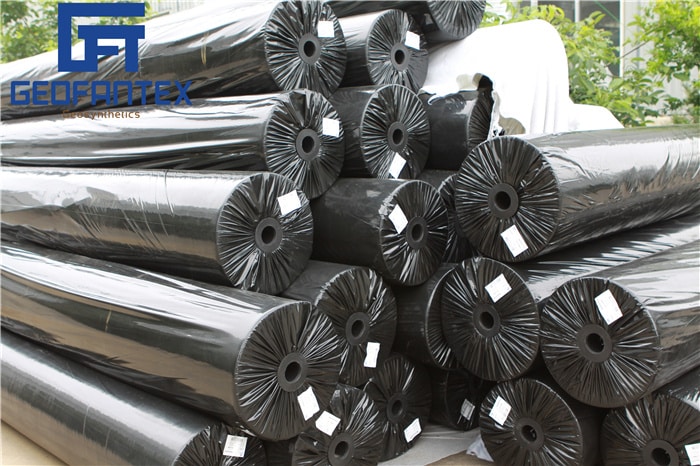+86-159 9860 6917
info@geofantex.com
geofantex@gmail.com
+86-400-8266163-44899
In the world of civil engineering and construction, the use of geosynthetics for soil stabilization and reinforcement is increasingly prevalent. Among these materials, geosynthetic grids and fence mats are two popular choices, each with unique properties and applications. This article delves into the differences between geosynthetic grids and fence mats, exploring their distinct characteristics, applications, and benefits. Understanding these differences is crucial for professionals in selecting the right material for their specific project needs.
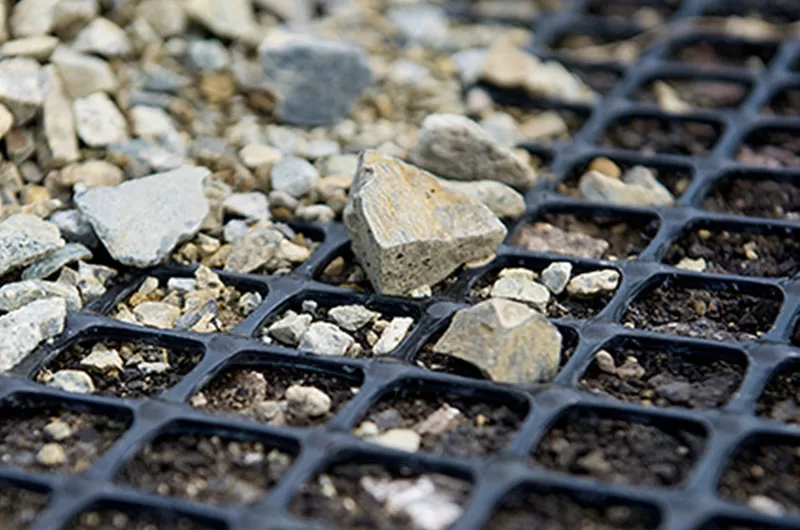
What is the difference between a geogrid and geosynthetics?
The terms “geogrid” and “geosynthetics” are related, but they refer to different things in the context of civil engineering and geotechnical applications.
Geosynthetics: This is an umbrella term that refers to a wide range of synthetic materials used in geotechnical engineering to improve the performance of soil, rock, or other materials in construction. Geosynthetics are used for reinforcing, stabilizing, and improving the engineering properties of soil or other materials. They include:
- Geotextiles: Fabrics used for separation, filtration, drainage, and reinforcement.
- Geomembranes: Waterproof barriers often used for lining landfills or ponds.
- Geocells: 3D structures used to prevent erosion or improve the load-bearing capacity of soils.
- Geogrids: A specific type of geosynthetic material used to reinforce soil.
Geogrid: This is a specific type of geosynthetic material made of a grid-like structure, typically composed of polymer materials. Geogrids are primarily used for reinforcing soil and improving its strength and stability. They are often used in applications like road construction, slope stabilization, and retaining walls. The key feature of geogrids is their open, mesh-like structure, which interlocks with the surrounding soil or aggregate to provide reinforcement.
In short, all geogrids are geosynthetics, but not all geosynthetics are geogrids. Geosynthetics encompass a broad range of materials, while geogrids specifically refer to those used for soil reinforcement in a grid pattern.
What is the difference between a geogrid and a geomat?
| Feature | Geogrid | Geomat |
|---|---|---|
| Structure | Open grid-like structure made of polymers (e.g., polyester, polypropylene). | Three-dimensional, porous structure made of synthetic or natural fibers. |
| Primary Function | Soil reinforcement (provides tensile strength to soil). | Erosion control and vegetation support (stabilizes soil surface). |
| Applications | – Retaining walls – Steep slopes – Roadways – Embankments | – Erosion control on slopes, riverbanks – Vegetation establishment |
| Material | Polymers (e.g., polyester, polyethylene, polypropylene). | Synthetic materials (e.g., polypropylene) or natural fibers. |
| Key Benefit | Improves soil stability and load-bearing capacity. | Protects soil from erosion and promotes vegetation growth. |
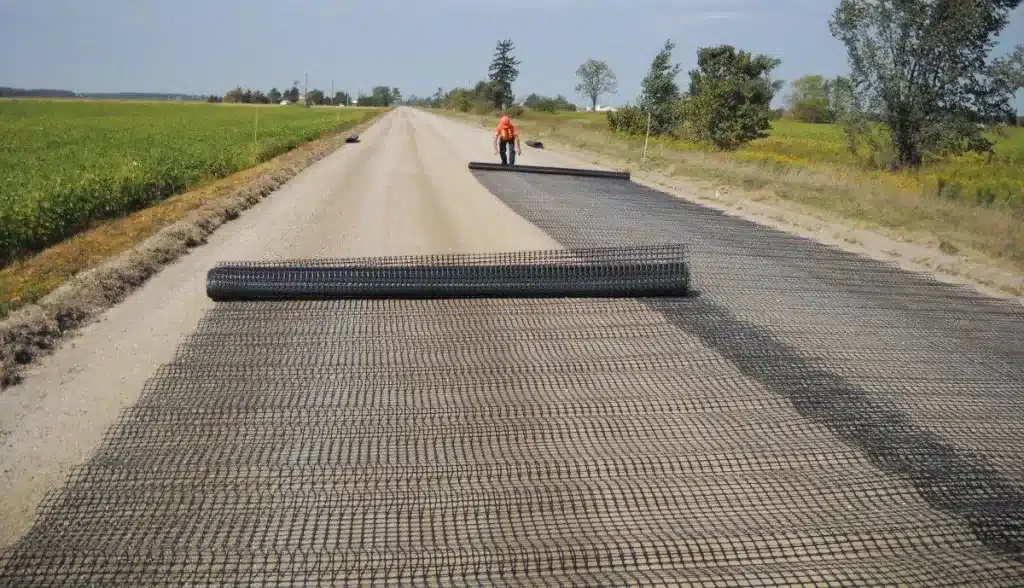
How do environmental factors influence the choice between geosynthetic grids and fence mats?
Environmental factors play a significant role in deciding between geosynthetic grids and fence mats. Geosynthetic grids are more suitable in environments where high tensile strength and soil reinforcement are required, such as areas with soft soil, steep slopes, or road construction. They perform well under heavy loads and in areas prone to shifting or settling. Fence mats, designed primarily for erosion control, are ideal in environments where surface protection is crucial, such as riverbanks, hillsides, and areas with high rainfall or wind erosion risks. They help in vegetation growth and soil stabilization on the surface. The choice depends on factors like soil type, climate, moisture levels, and the specific environmental stresses of the project site.
What are the long-term durability considerations for geosynthetic grids and fence mats?
Long-term durability is a critical consideration when comparing geosynthetic grids and fence mats. Geosynthetic grids are known for their high tensile strength and resistance to mechanical damage, making them suitable for applications where long-term soil stabilization is required. They are often UV-stabilized and made from materials resistant to biological and chemical degradation, ensuring longevity even under harsh environmental conditions. Fence mats, while durable, may have a shorter lifespan compared to geogrids, especially in environments with aggressive erosion forces or heavy vegetation growth. Their durability also depends on the material composition, UV resistance, and resistance to biological degradation. Regular maintenance and inspections can extend the life of both geosynthetic grids and fence mats, ensuring they continue to perform their intended functions effectively over time.
In conclusion, while both geosynthetic grids and fence mats offer solutions for soil stabilization and erosion control, their applications, structural properties, and long-term durability vary significantly. Understanding these differences is essential for professionals to make informed decisions for their specific project requirements.
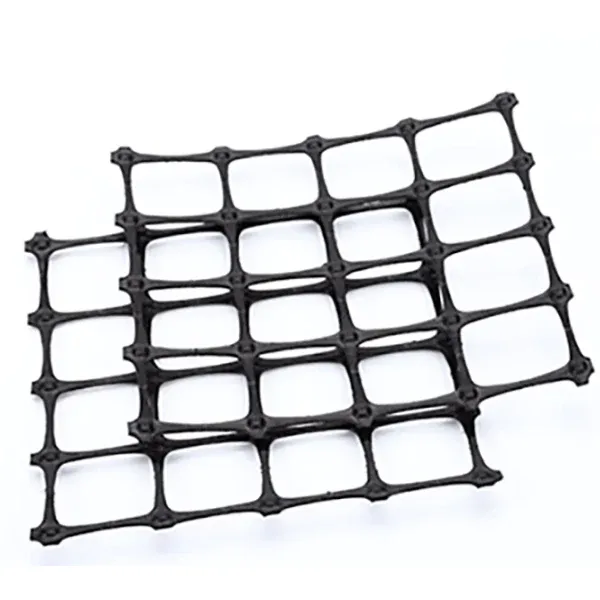
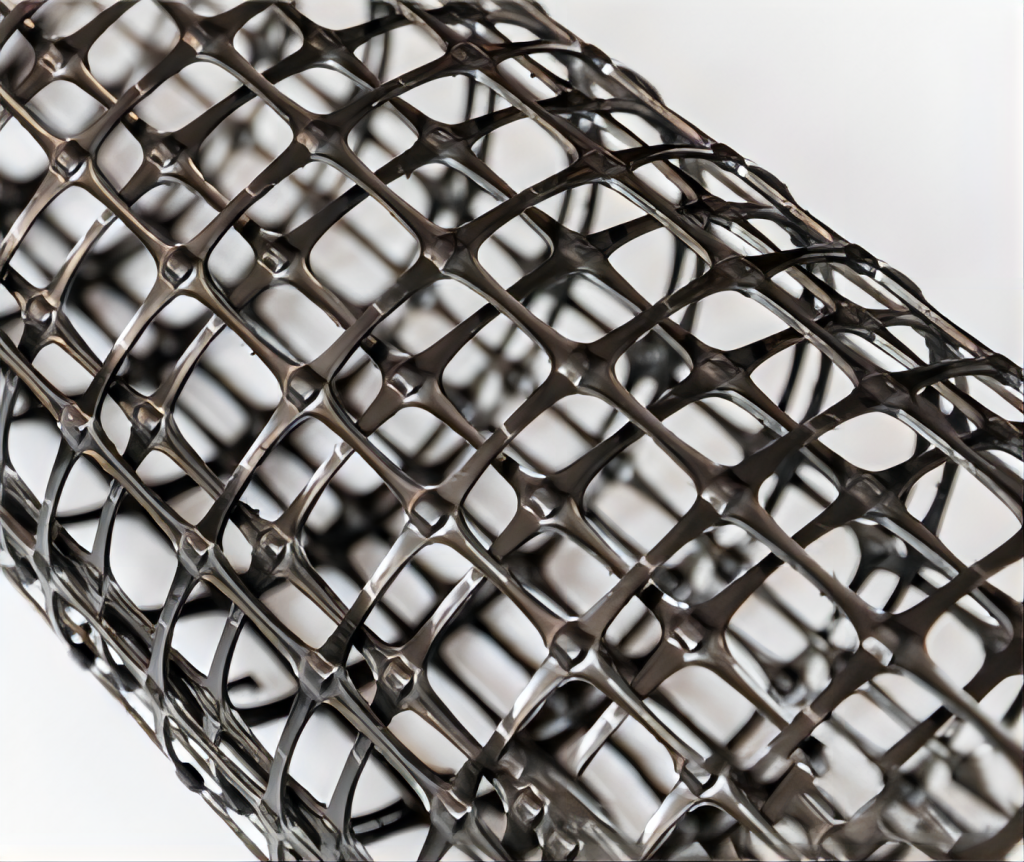
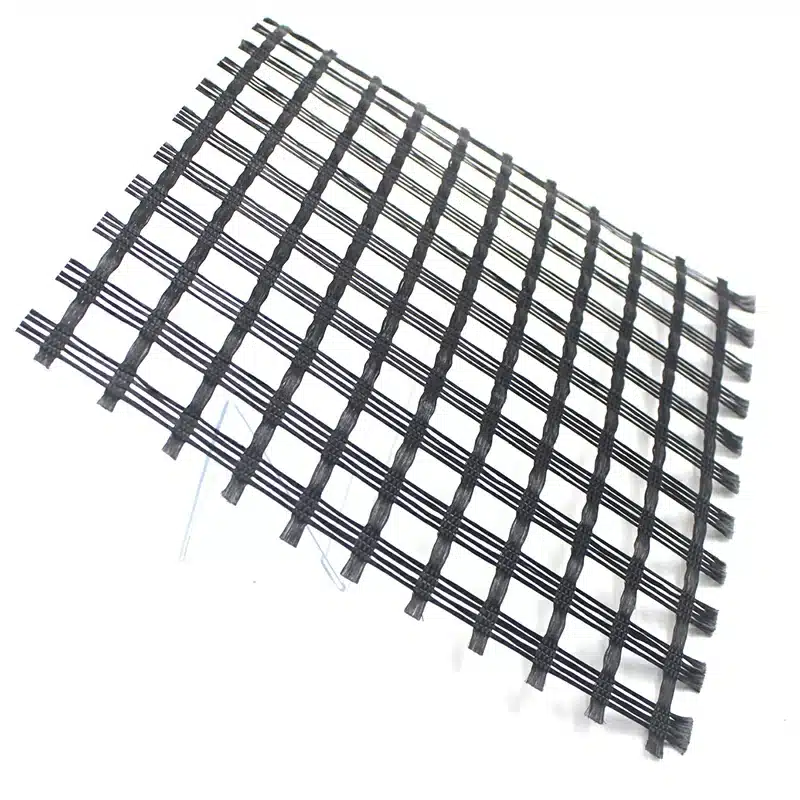
Get Free Sample
We’ll respond as soon as possible(within 12 hours)
